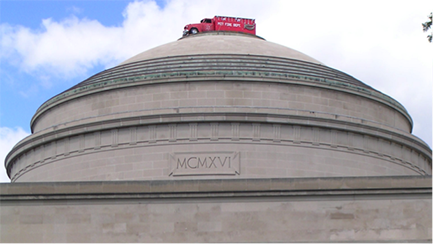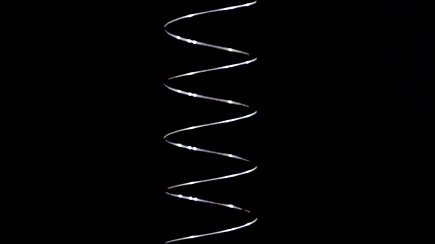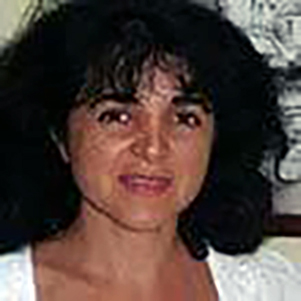xSeries in Introduction to Mechanics
Learn physics just like an MIT freshman with this calculus-based online series that explores kinematics, momentum, rotational dynamics, and simple harmonic motion.
Learn physics just like an MIT freshman with this calculus-based online series that explores kinematics, momentum, rotational dynamics, and simple harmonic motion.
Learn physics just like an MIT freshman with this calculus-based online series that explores kinematics, momentum, rotational dynamics, and simple harmonic motion.
How does motion work? How can we calculate the motion around us?




High school physics and calculus, for example:







